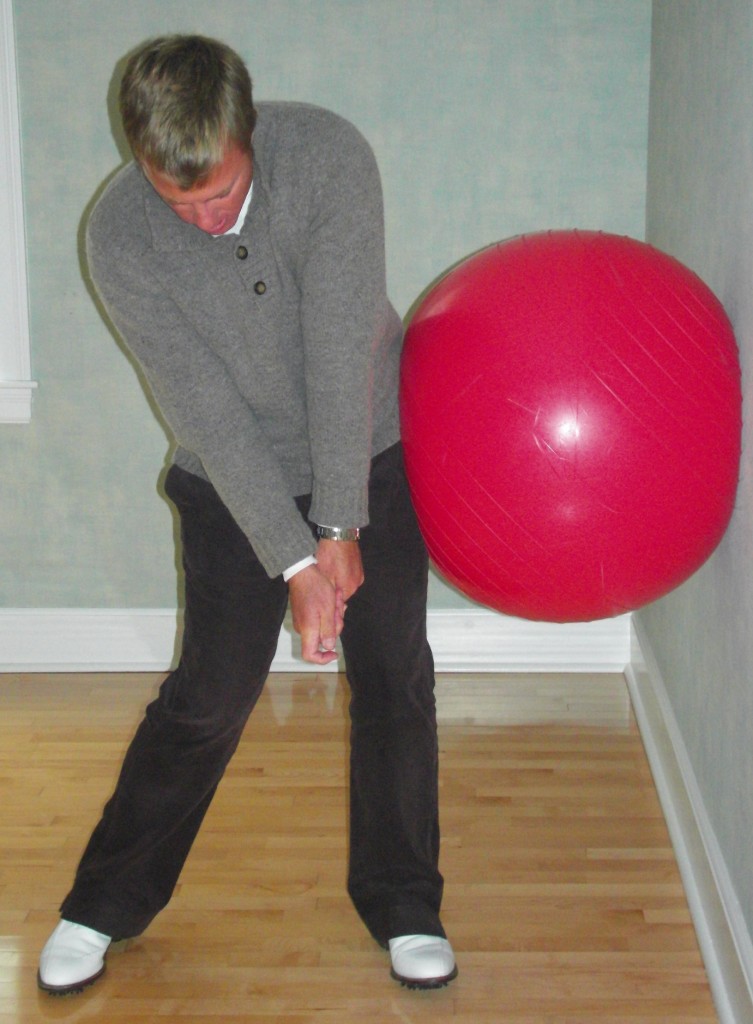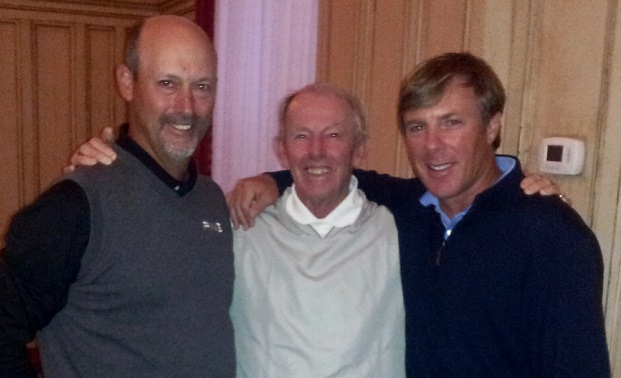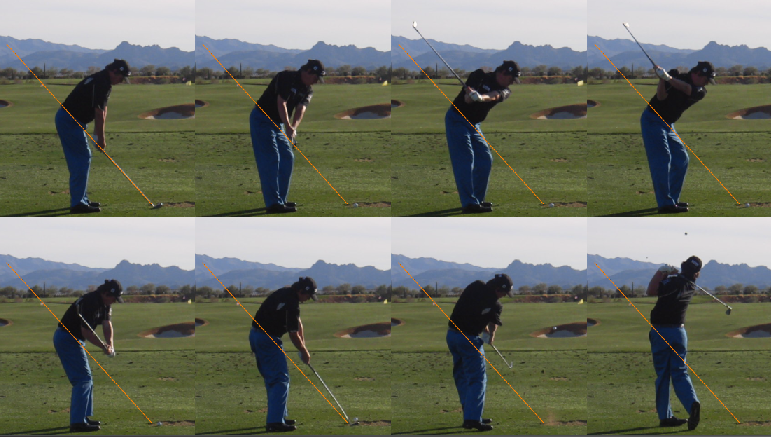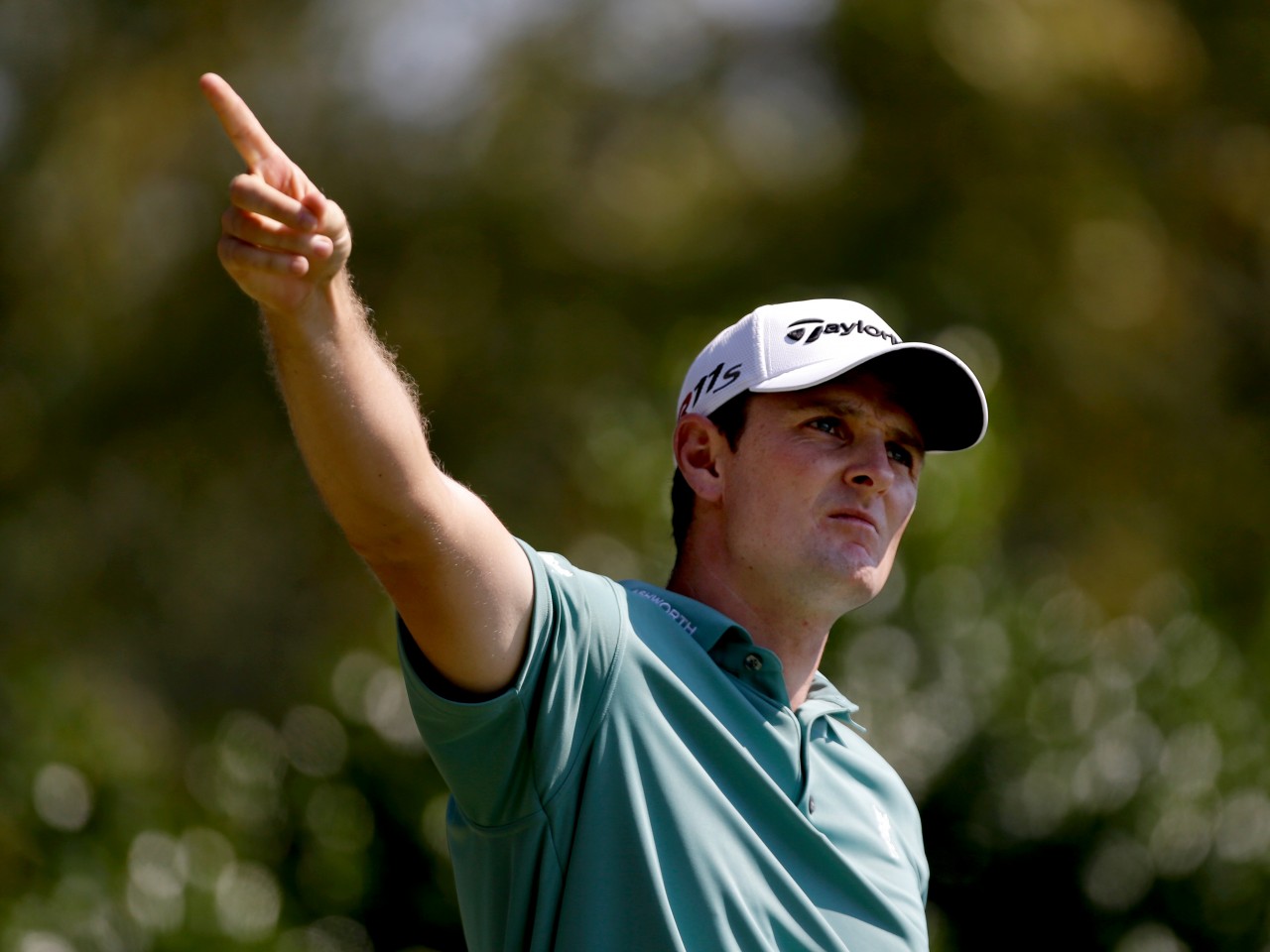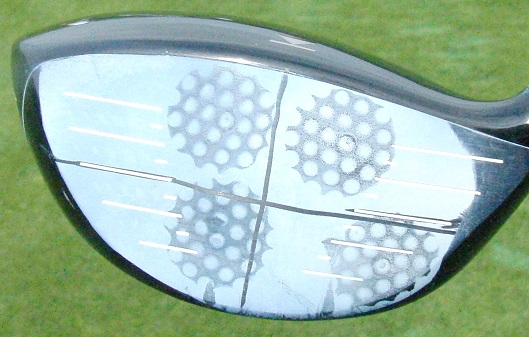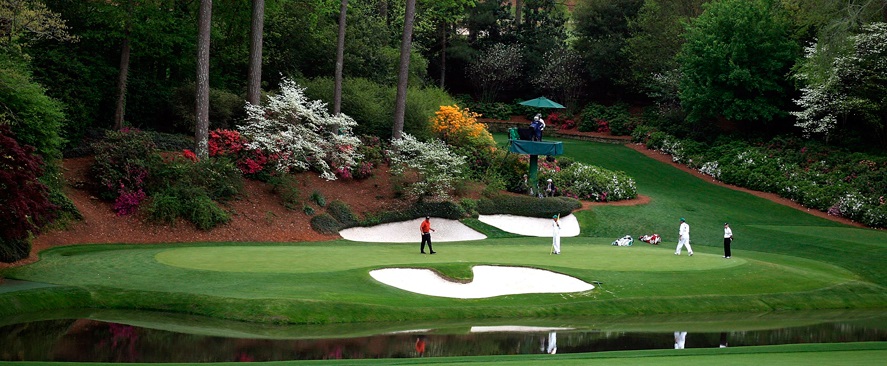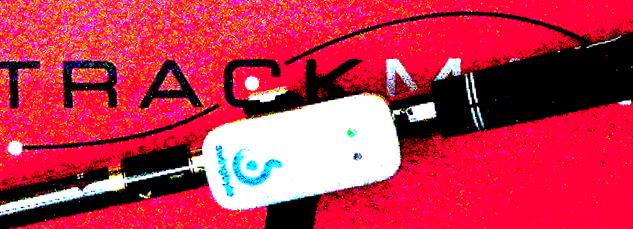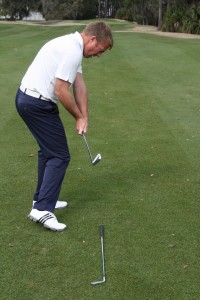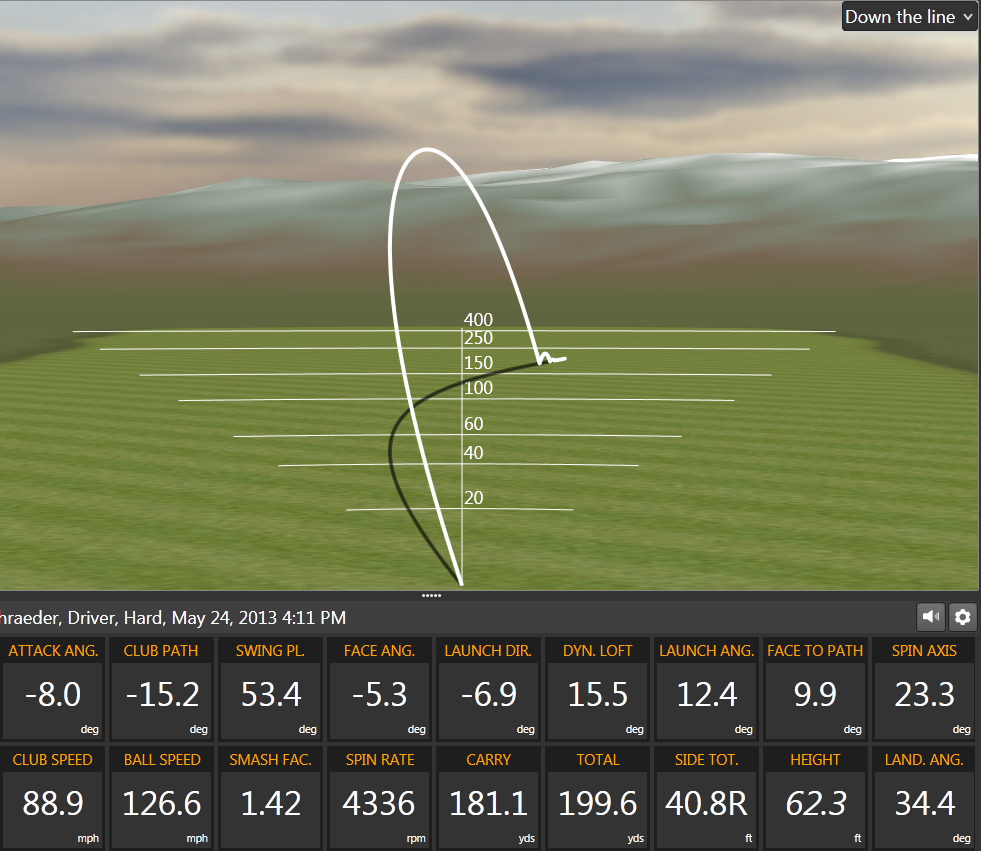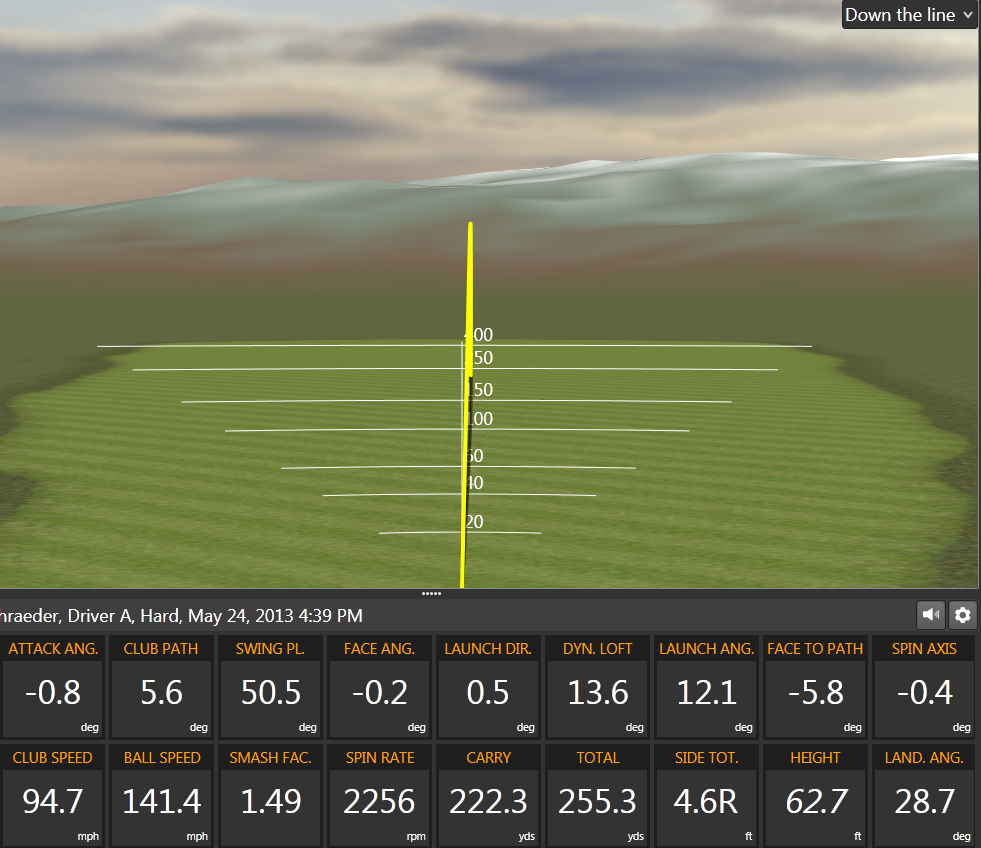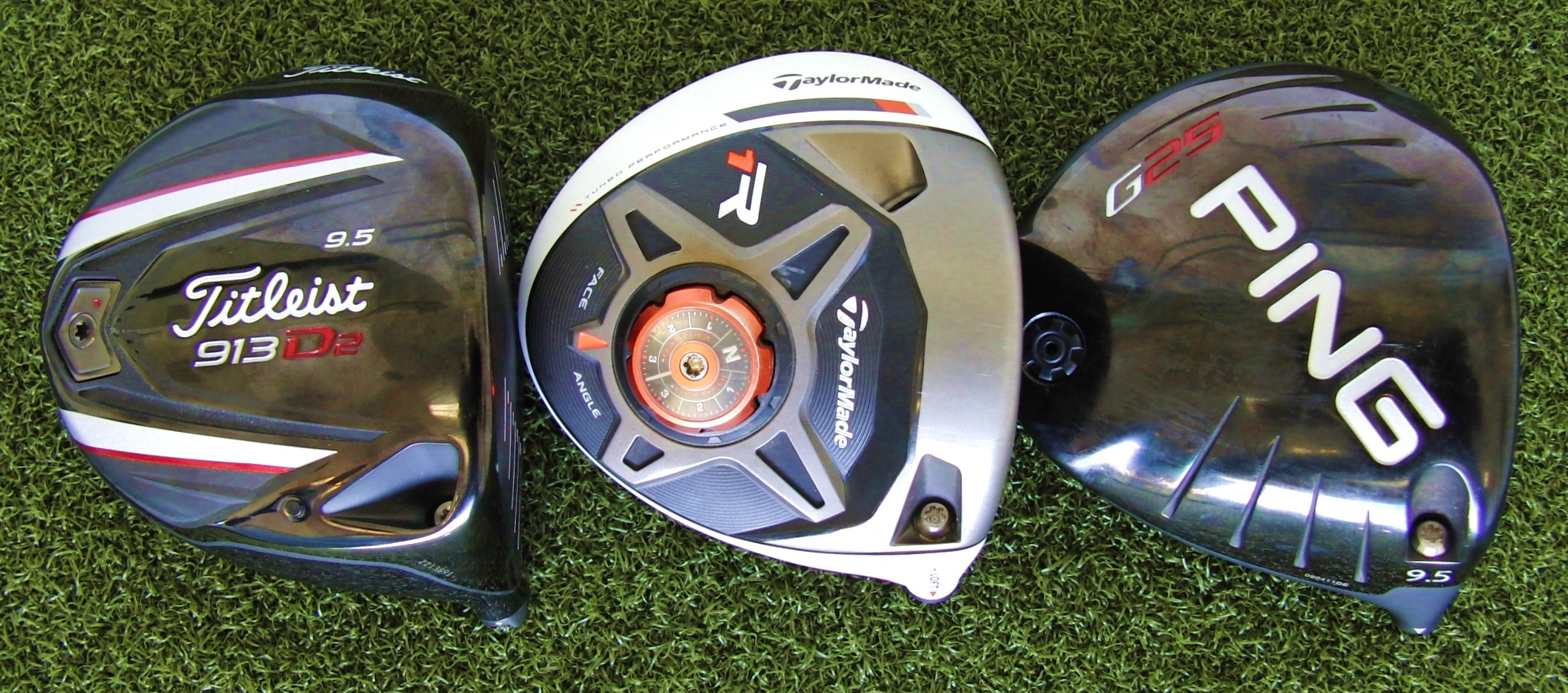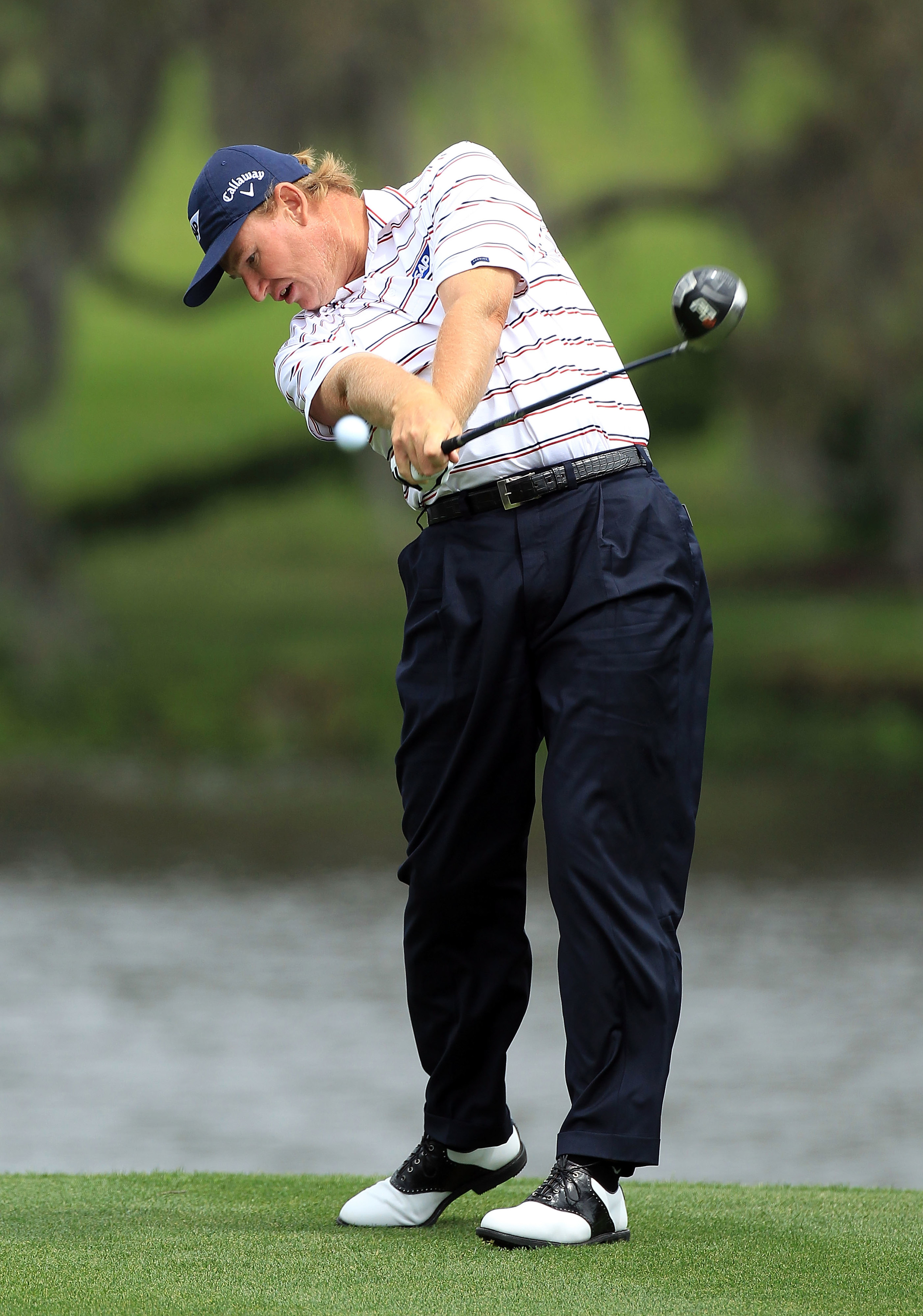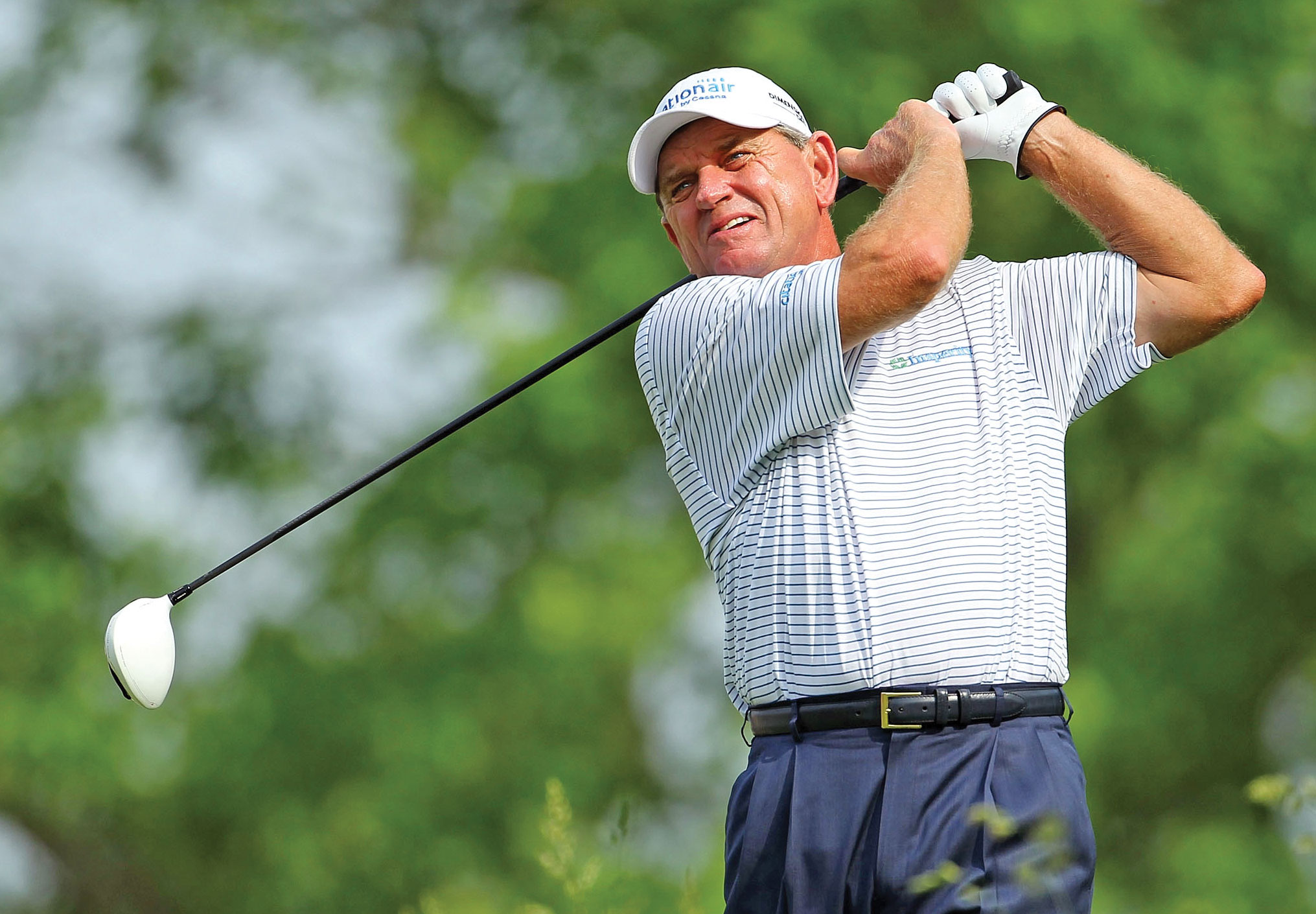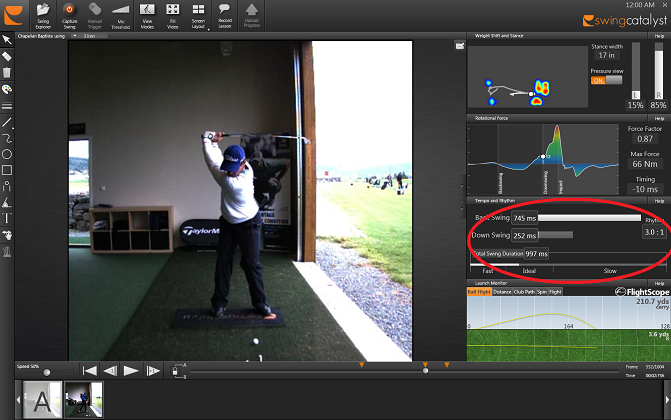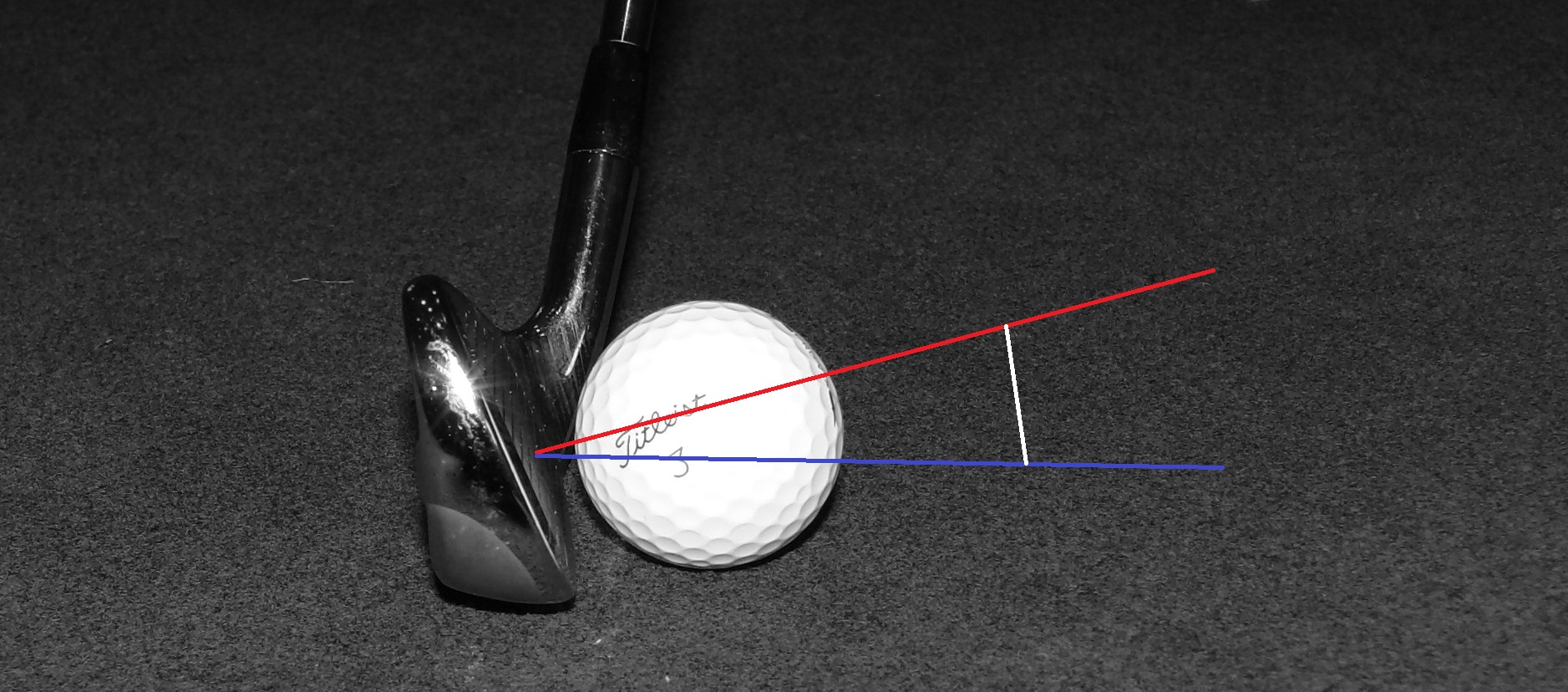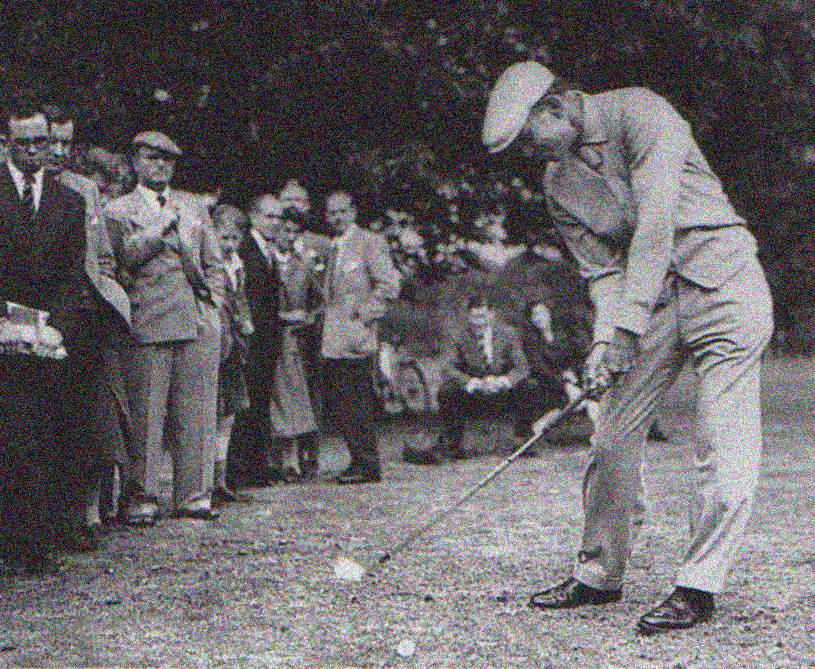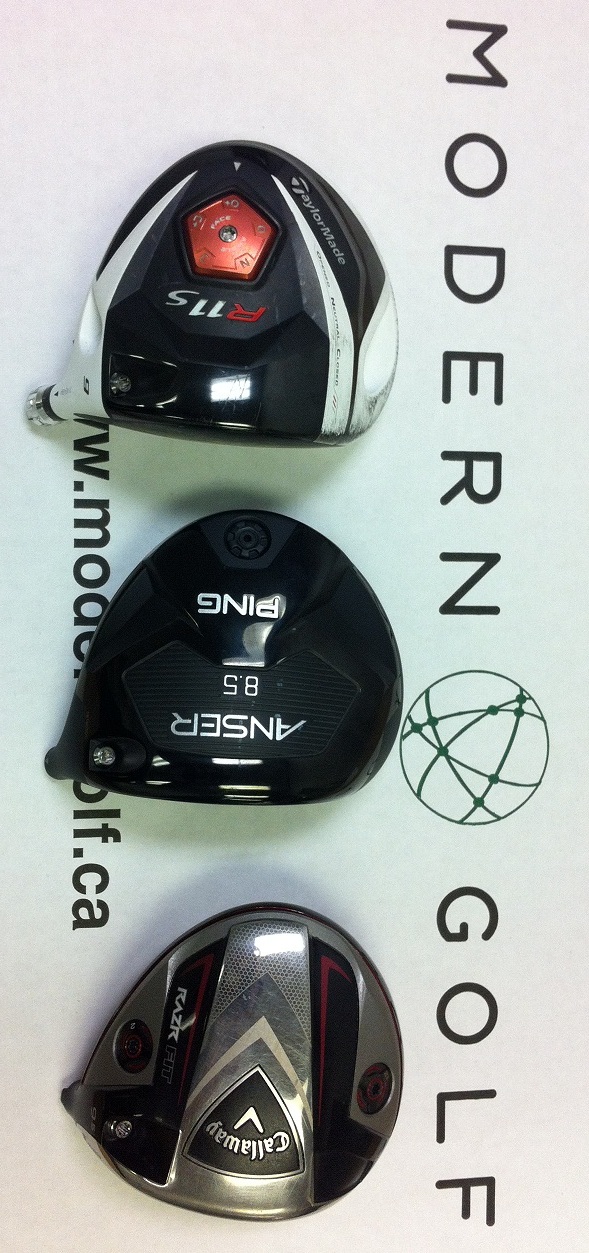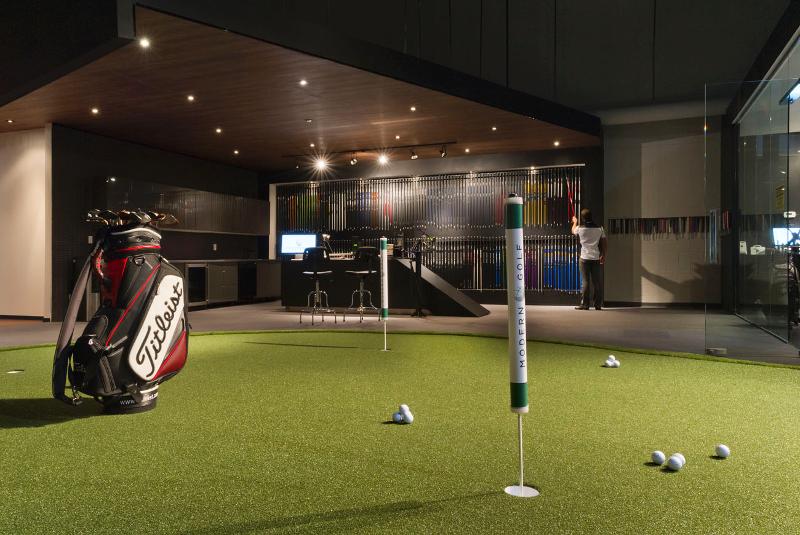Every Shot Counts by Mark Broadie
/With Every Shot Counts Mark Broadie has written the most important golf book I have ever read. I say that because the book has done more to shape how I coach and deliver a golfer to their full potential than any technical manuscript before it.
Mark Broadie has done an exceptional job in sifting through the mountain of Shotlink data generated by the PGA Tour over the last decade. A Columbia Business School professor and avid golfer, Broadie is widely credited with coming up with strokes gained - a measurement of how much better or worse a golfer performs off the tee or from any given distance when compared with all other PGA Tour players.
The PGA Tour has been using strokes gained putting for a while now, but Broadie has also developed strokes gained driving for tee shots; strokes gained approach for shots of more than 100 yards; and strokes gained short game for shots of less than 100 yards, excluding putts. Add them together and you get total strokes gained.
From 2004-12 the top 10 players in total strokes gained were: Tiger Woods, Jim Furyk, Phil Mickelson, Luke Donald, Vijay Singh, Ernie Els, Sergio Garcia, Adam Scott, Steve Stricker and Zach Johnson. A pretty impressive list and arguably the best players in the game over the last decade.
The author goes on to show how these proven golfers outperformed their counterparts - "Two-thirds of the strokes they gained were from shots outside of 100 yards and one-third was from inside 100 yards," Broadie said. "Putting accounted for just 15 percent of the scoring difference between the top 10 golfers in the world and the average PGA Tour pro."
Wow! I have quizzed many of my students over the past few weeks on how they would rank, in order of importance, the four primary areas that contribute to the standard of any golfer. I think one person (who had secretly read about the book and it's findings) got the order correct. Most of them had it completely backwards. It also shocked me how many ranked putting as the most important factor.
Here is the order: (followed by the player who gained the most strokes on their competitors over the last decade)
- Approach shots outside 100 yards (Tiger Woods)
- Driving (Bubba Watson)
- Short game shots inside 100 yards (Steve Stricker)
- Putting (Luke Donald)
To me this order is hugely important as it should influence the manner in which you go about improving. I have encouraged all my students to ramp up the amount of long iron, hybrid and driver practice they have been doing.
Essentially, good golfers are good because they hit it good.
The book also shows the importance of length and what an asset making the ball go a long way is. Bubba Watson has literally pummeled his competitors off the tee with brute power and speed. Now all of my competitive students work on speed sets to increase their clubhead speed as much as possible.
The book is filled with valuable nuggets for both the better and weekend golfer - far too many to mention in an article like this. It includes drills for putting and even ideas on how to approach challenging tee shots dependent on your ability. If you are an avid golfer or coach and you find that your progress has plateaued, do yourself a favor and go out and buy this book and commit to reading it twice. The second time with a highlighter in hand!
If you don't get anything from it call me and I'll refund you your money...



